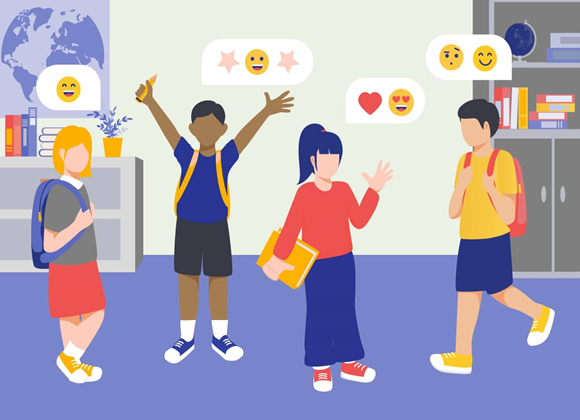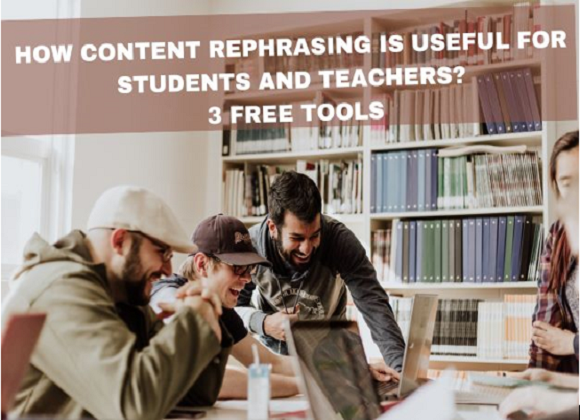“Despite debates over immigration policy, or perhaps in light of it, it’s important to teach students to see themselves as global citizens. The world’s economy is deeply intertwined, and technology continues to evaporate borders”, (Barack).
A global mindset is here to stay and grow. And with that come new challenges, especially in education. The industrial model of education, with its sameness across borders, is no longer relevant. When you have classrooms with multi-linguistic and multi-culture students and a staff room filled with similar variety, education it seems fossilized.
“If there is a growing realization of the desirability of flexibility and diversity and of the need to move away from a ‘one size fits all mentality in education, what vision of development is this thinking related to?” (Dighe, 2000).
A number of attempts have been made. Special needs support language support for second languages and remedial classes. However, each of these further divides a set of individuals with new labels. Hence its effect is limited. “…what is required is designing diversified educational models that meet the specific needs of each group”, (Dighe). That is a model that caters to variety in the groups that we meet. Hence, the principles of learning design must change.
“Curriculum designers can explore offering immersion programs to expose students to cross-cultural experiences”, (Barack). I never knew when I was teaching that I was working towards global mindset. In an honest reflection, I can see that the experiences curated by me, amateur though, had several objectives at heart that pointed to developing a global mindset.
"You can take any unit and change it a little so that students really start to see the world globally”, When one weaves skills into lessons with learning about global issues, the immersion is ready!
“I define global competency as the knowledge and skills people need to understand today's flat world and to integrate across disciplines so that they can comprehend global events and create possibilities to address them”, (Reimers). However, it need not be complex. Integration of global thought processes in lessons is not that hard when you want to keep things simple.
I give here 5 examples of lessons and assessments to illustrate this point. For all these examples, the setting is mixed. It changes from collaboration to individual. The other skills that come into question are communication, organization, technology use, empathy, and intrapersonal intelligence.
1. Geometry: Explore geometric art as practiced by artists across the world when doing geometry. Especially one can explore mosaics in a church or even Islamic art, which is heavily based on geometry. One can set up an inquiry lesson with questions such as ‘why geometry?’ and take it deep into the culture. Then bring it back to local by designing art based on geometry for the immediate environment. What kind of art would be best for the same? The design can be of the choice of the student to bring in personal creativity.
2. Ratio: Explore the girl-boy ratio in different countries and inquire into the reasons for the ratio tilting more towards boys in various countries. Watch movie clippings to show how cinema treats this issue and organize a debate. Then bring it to local by brainstorming how each of the students can make a difference in the school and at home. Each student can write a short reflective note on how he or she is going to make a difference. The best note can go into the school magazine.
3. Number System: With the number system, one can dive deep into history and explore the origins of numbers and how various civilizations came together to have the final number system that we have for now. Inquire into the positives and negatives of the various systems that we have had. For personal creativity, students can work in groups and take any number system. Then build a game for others to play for mastery of the system.
4. Data Handling: “…students can also learn mathematics by using real data concerning significant global issues such as population growth…”, (Asia Society/OECD, 2018, pp.21). Data handling is a topic that can be stretched in any direction as much as one wants. Students can study population dynamics in different countries and compare and contrast them using graphs. Then they can assess if the growth is reasonable in different countries and what can be done to improve it. Finally, they present it with the medium of their choice.
5. Percentage: Use percentage to analyze urban and rural choices of food and infer which strata are more intelligent about diet patterns. Then they can create a presentation to educate the rest of the school on informed choices for food, as learned from both sectors.
If one is aiming to develop a global mindset through the local classroom subject teaching, then to have an assessment that caters to subject knowledge and analyses only is very narrow. Such an assessment would ultimately defeat all the efforts of the learning design. For why should I work towards learning about global ideas if I am heading for an exam that tests my subject knowledge only?
All the five examples are given above use the inquiry model to learn. They can be converted to a project or to a problem-solving class. Some of the work can be collaborative, marked as C in the list, or individual, marked as I in the list. Either way, the assessment needs to be integrated and can focus on the following:
1. (a) Questions on Geometry properties (C/I), (b) reflective piece on geometry and art with examples globally (I), and (c) the design created (C).
2. (a) Questions on the ratio (C/I), (b) essay on girl-boy ratio across nations with analyses (C), and (c) individual changes for choices in future (I).
3. (a) Problems from various number systems (C), (b) games prepared (C), and (c) reflection on the session (I).
4. (a) Mathematical accuracy (C), (b) presentation (C) and (c) reflections (I)
5. (a) Questions on percentage(C), (b) presentation (C) and (c) reflections (I)
While the assessment for maths can be done using traditional methods. The rest would require rubrics and involve self, peer as well as teacher assessment. Asking students to assess each other with reasoning is a great exercise in learning and communication!
We don’t need to do anything to develop students’ intrinsic motivation for learning with a global mindset. It is already there! All we need is to create an experience that gives space for it to be expressed creatively. And when we add a formative assessment to it, they feel their efforts are recognized, and there is no end to learning. “An organized, bottom-up, teacher-led movement can advance global education in ways that advocates have been unable to do so far, (Reimers, 2009, para. 26).













